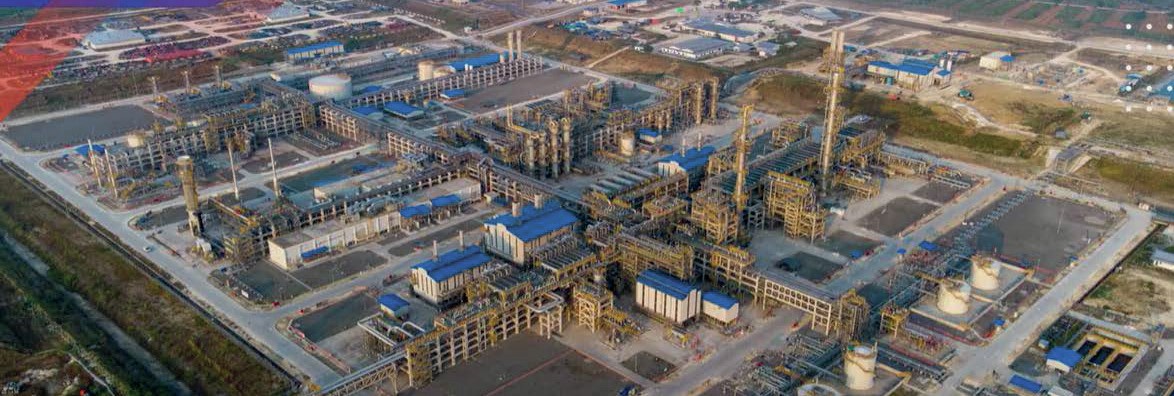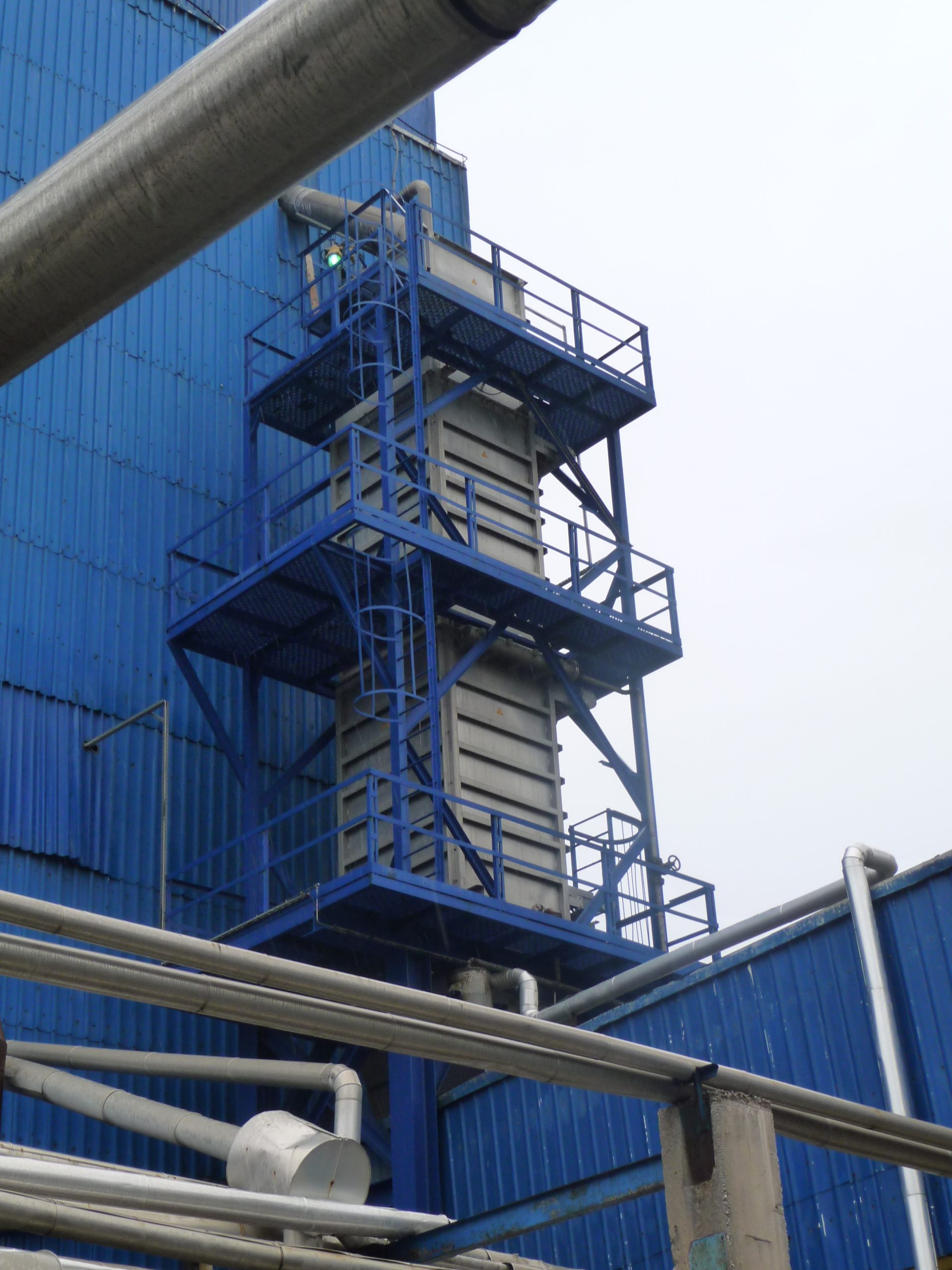Sulphur 409 Nov-Dec 2023
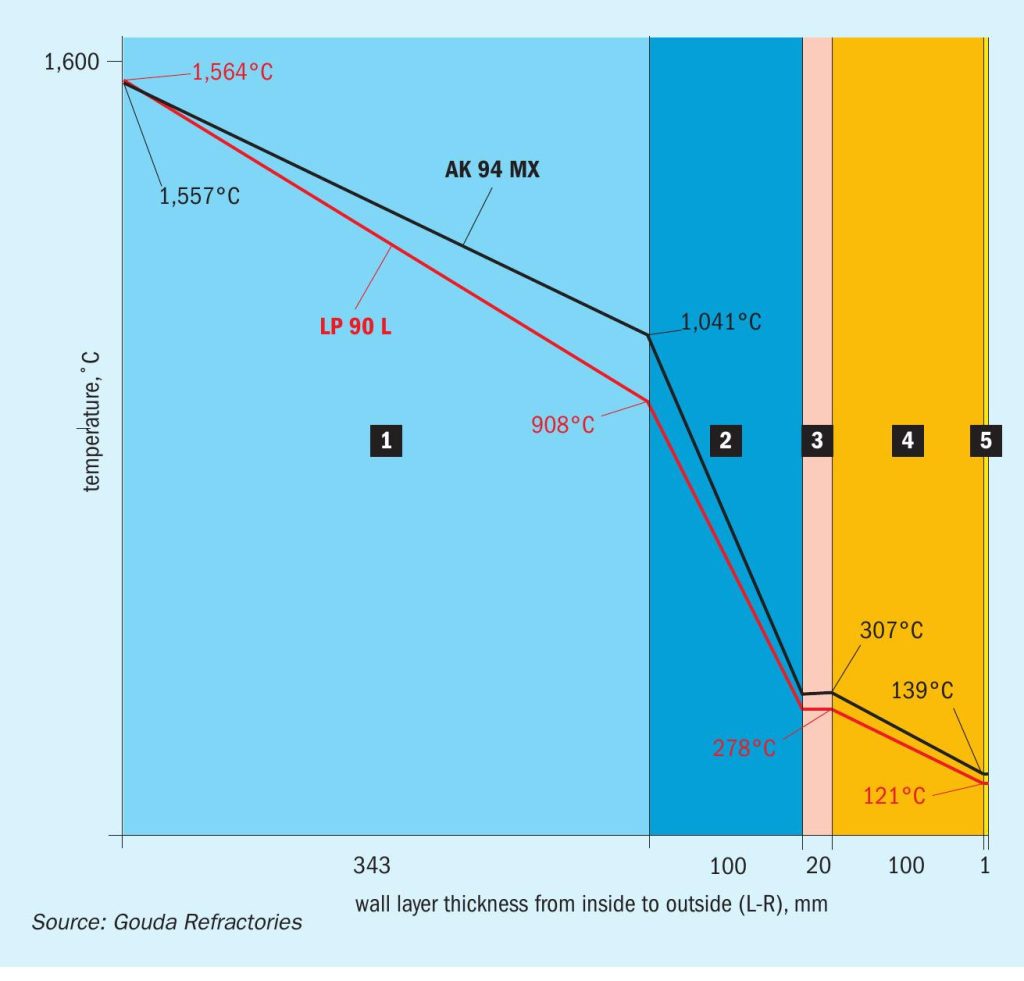
30 November 2023
Upgrading refractory solutions
MATERIALS OF CONSTRUCTION
Upgrading refractory solutions
Gouda Refractories continues to upgrade its refractory solutions for the sulphur recovery industry as well as developing new superior products for installations operating at higher temperatures due to oxygen enrichment.
Gouda Refractories BV, a leading refractory company specialised in the lining of equipment for sulphur recovery trains worldwide, has developed a wide range of products tailored to the unique demands of these processes and actively contributes to the development of technical specifications for this equipment.
Gouda Refractories operates from two production facilities in the Netherlands, a castable plant located in Geldermalsen and a brick plant with the capability to fire dense refractory bricks at temperatures reaching up to 1,700°C situated in Gouda.
In addition to its production facilities, the Gouda office houses an engineering department and a fully equipped laboratory dedicated to quality control, failure analysis, and material development. We are proud to have a team of highly experienced refractory supervisors within our company.
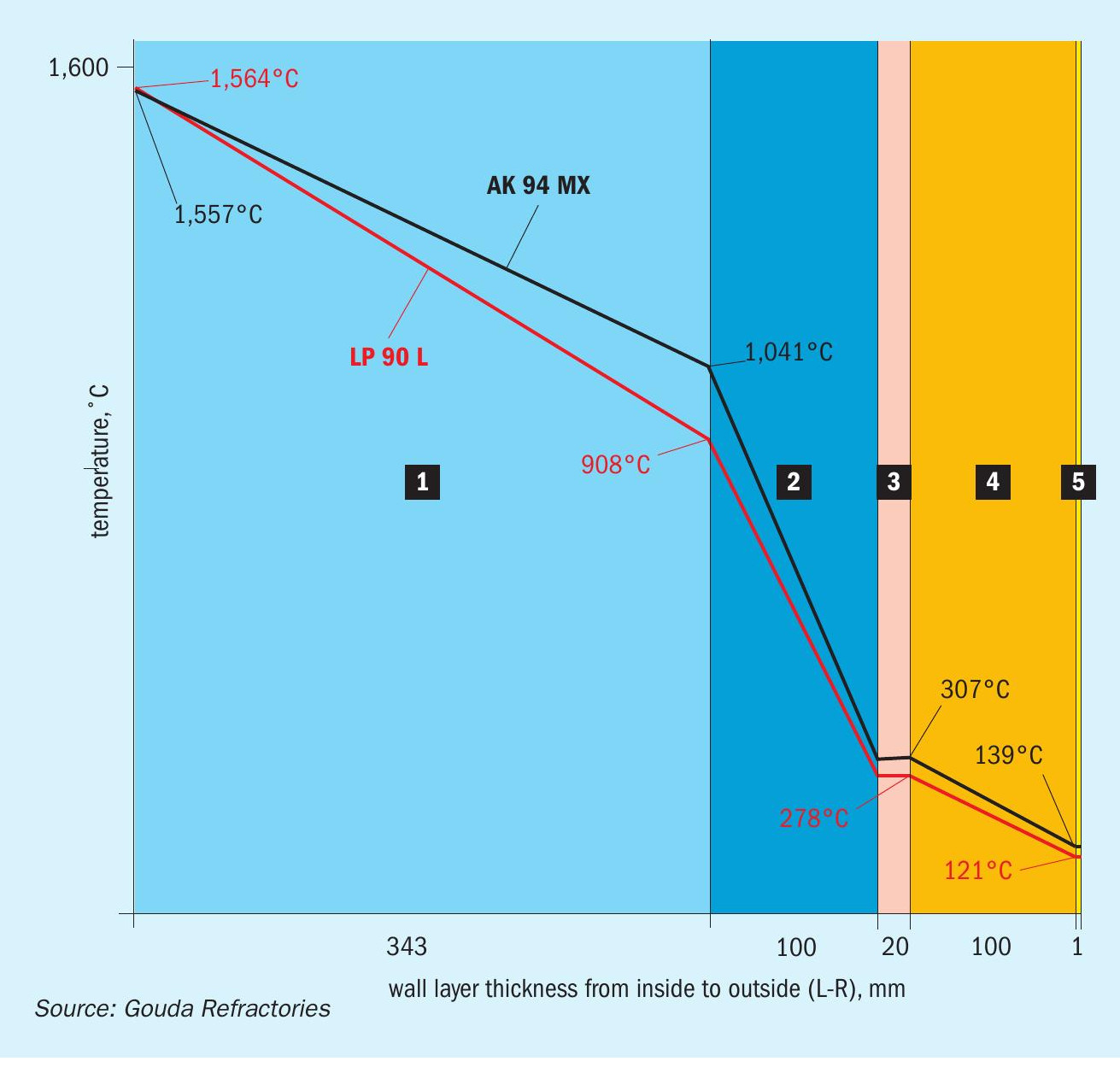
As part of Gouda Refractories Group, there are installation companies located in Sweden, Belgium, and the Netherlands. Beyond the immediate group, collaborative efforts with an extensive network of global partners enables Gouda Refractories to offer comprehensive refractory solutions and serve its clients as a full-service refractory provider.
SRU products
Gouda Refractories continually strives to develop cutting-edge refractory solutions for the sulphur recovery industry. As equipment sizes and process efficiencies evolve, Gouda Refractories has been working diligently to enhance its materials to meet clients’ requirements. Notably, installations operating at higher temperatures due to oxygen enrichment demand improved stability at elevated temperatures.
To address this need, Gouda Refractories has upgraded its standard AK 94 M hot face brick to AK 94 MX, offering superior creep resistance compared to AK 94 M. This enhancement ensures higher stability under the elevated temperatures associated with oxygen-enriched environments.
Another challenge arising from the higher operating temperatures in the reaction furnaces and incinerators of SRU equipment relates to the use of dense refractory bricks, primarily composed of at least 90% alumina with corundum as the main raw material. While corundum is integral to producing highly stable bricks for these applications, it possesses limited insulating properties.
Basis for product development
When it comes to SRU equipment, maintaining the appropriate shell temperatures on the steel equipment surface is crucial to prevent dewpoint corrosion and ensure mechanical stability. In this context, the insulating properties play a pivotal role in the equipment design.
The selection of materials and qualities for the insulating layer within this equipment is somewhat limited, but it is generally observed that as the service temperature of insulating materials (be it bricks or castables) increases, their insulating capacity tends to decrease.
Additionally, when designs incorporate a castable back-up lining system, there is a challenge related to the maximum allowable tip temperature for stainless steel refractory anchors. Typically, these anchors are fabricated from AISI 304 or AISI 310 stainless steel. AISI 304 has a maximum allowable tip temperature of 760°C, while AISI 310 can go up to 850°C in accordance with specifications. If the anchor tip temperature exceeds these thresholds, it is not permissible as per the specifications, necessitating a switch to Incoloy 601. Unfortunately, adjusting the anchor thickness is not a viable solution in such cases.
The outcome of these factors is that in designs subject to higher thermal loads, achieving the desired thermal lining design within the specified parameters becomes significantly more complex.
During discussions with clients, the question arose: Could there be a better insulating hot face material without compromising on other properties? This query was passed to Gouda Refractories’ in-house product development department, which embarked on the journey to create a product with improved insulating capabilities while maintaining other essential high-temperature properties. In essence, the aim was to develop a product with the same temperature resistance as existing corundum bricks and a creep resistance within the same range.
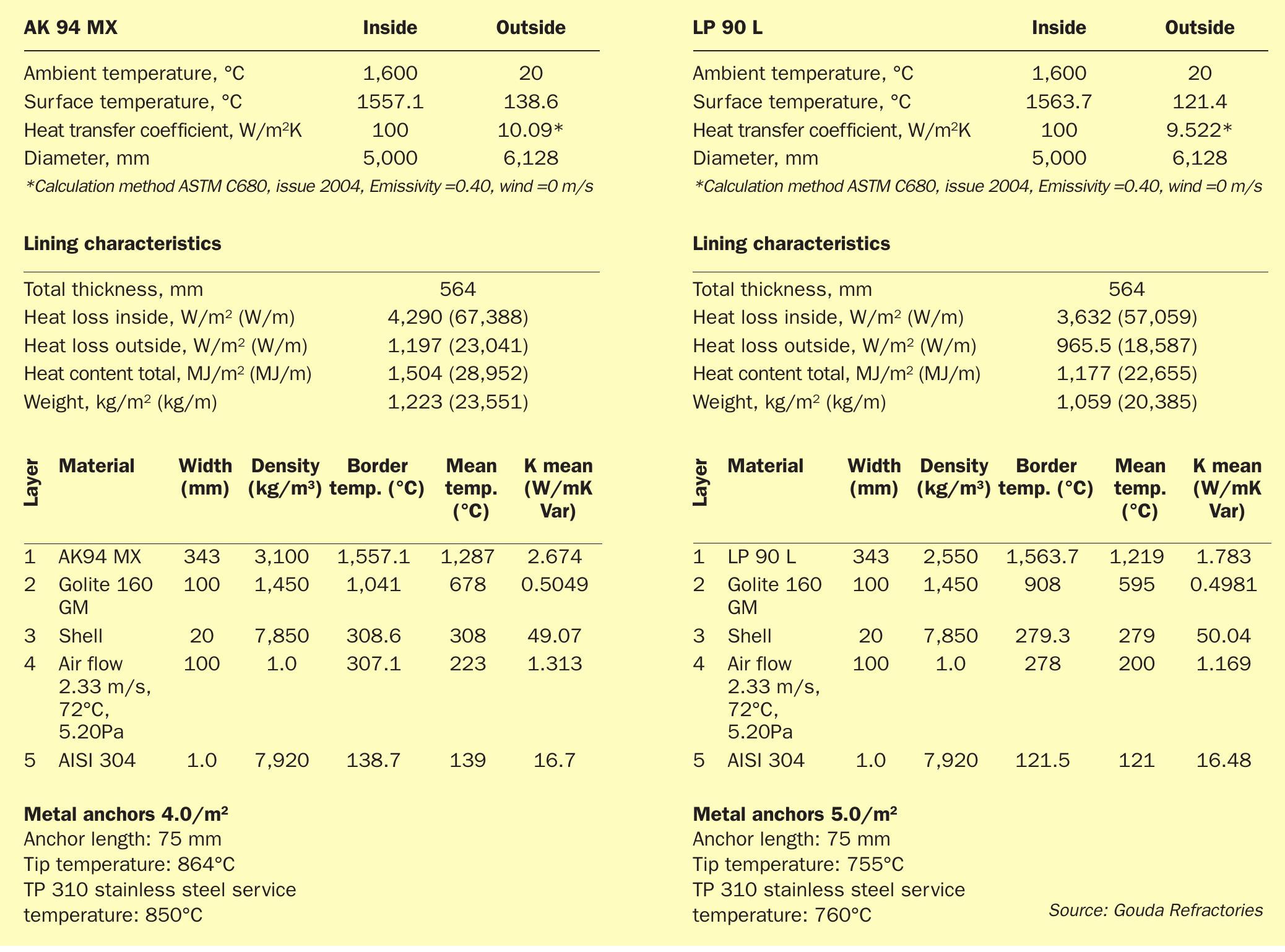
Fig. 1 and Table 1 show the results of heat transition calculations for using AK 94 MX as the hot face material compared to using LP 90 L. Notably, the interface temperature between the hot face and insulation castable changes from 1041°C to 908°C in the latter case, resulting in a 133°C reduction in anchor tip temperature.
Other developments
This innovative material has also found applications in other contexts, such as in upgrading the lining system of a large-diameter incinerator. In this case, a two-layer castable system was initially installed with a hot face that was too thin to ensure mechanical stability. To enhance the stability of the lining system, a thicker lining was required without adding excessive weight to avoid overloading the unit’s foundation. Thanks to the lower weight of this high-alumina hot face material, it became feasible to design a stable refractory system by increasing thickness without significantly increasing weight.
In scenarios where there are no design criteria for minimal shell temperatures due to the absence of dewpoint corrosion risks, this brick can contribute to energy savings in high-temperature processes.
LP 90 L is just one of several options among better insulating hot face materials. Other products in the range include:
- Chamotte quality FI 45-20, with a maximum service temperature of 1,450°C and lower density compared to standard chamotte bricks.
- Andalusite-based brick AK 60 AL, suitable for temperatures up to 1,650°C.
- Bauxite brick AK 85 MP L, designed for use in alumina melting furnaces. n
Additionally, when designs incorporate a castable back-up lining system, there is a challenge related to the maximum allowable tip temperature for stainless steel refractory anchors. Typically, these anchors are fabricated from AISI 304 or AISI 310 stainless steel. AISI 304 has a maximum allowable tip temperature of 760°C, while AISI 310 can go up to 850°C in accordance with specifications. If the anchor tip temperature exceeds these thresholds, it is not permissible as per the specifications, necessitating a switch to Incoloy 601. Unfortunately, adjusting the anchor thickness is not a viable solution in such cases.
The outcome of these factors is that in designs subject to higher thermal loads, achieving the desired thermal lining design within the specified parameters becomes significantly more complex.
During discussions with clients, the question arose: Could there be a better insulating hot face material without compromising on other properties? This query was passed to Gouda Refractories’ in-house product development department, which embarked on the journey to create a product with improved insulating capabilities while maintaining other essential high-temperature properties. In essence, the aim was to develop a product with the same temperature resistance as existing corundum bricks and a creep resistance within the same range.
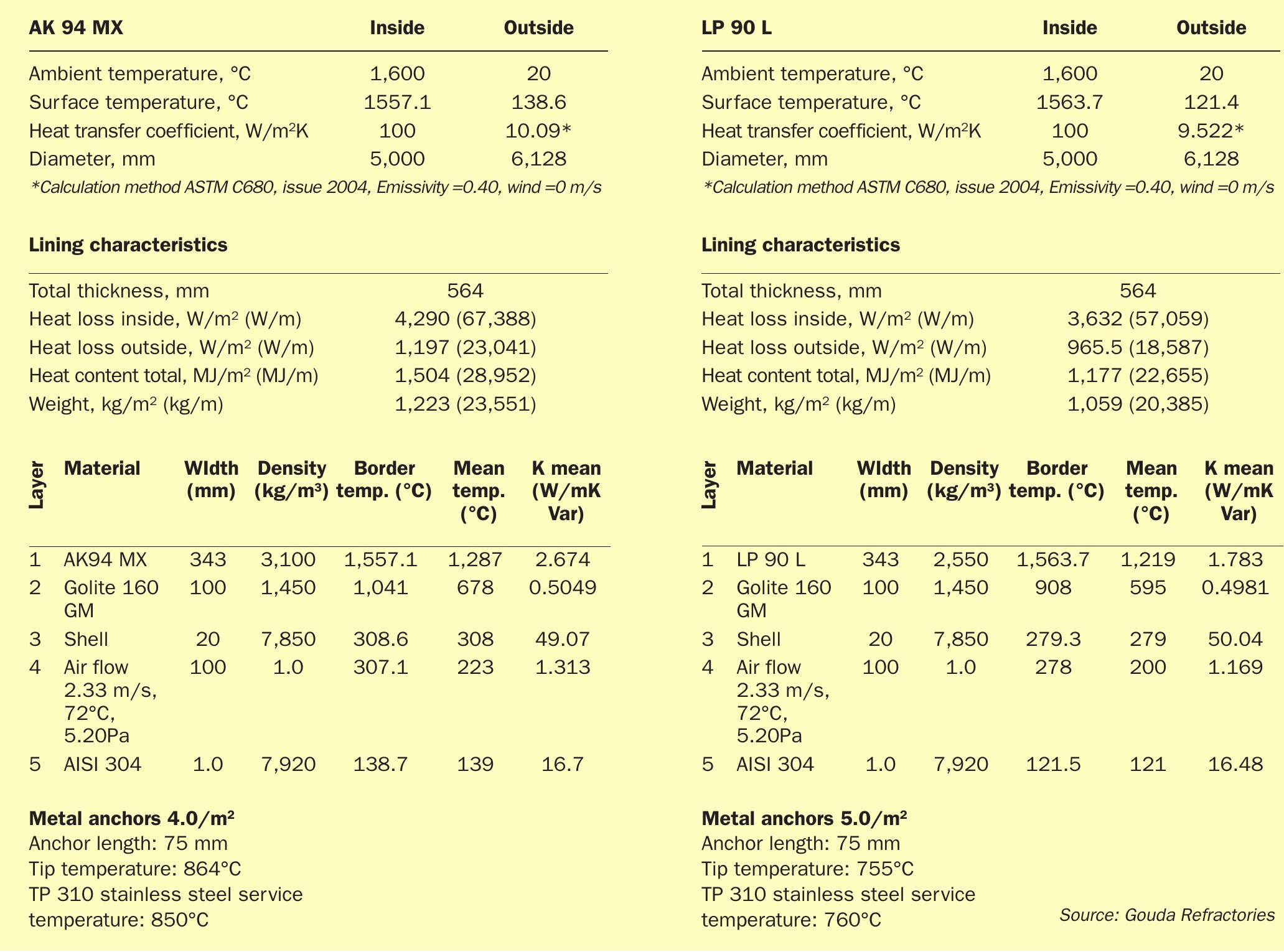
Fig. 1 and Table 1 show the results of heat transition calculations for using AK 94 MX as the hot face material compared to using LP 90 L. Notably, the interface temperature between the hot face and insulation castable changes from 1041°C to 908°C in the latter case, resulting in a 133°C reduction in anchor tip temperature.
Other developments
This innovative material has also found applications in other contexts, such as in upgrading the lining system of a large-diameter incinerator. In this case, a two-layer castable system was initially installed with a hot face that was too thin to ensure mechanical stability. To enhance the stability of the lining system, a thicker lining was required without adding excessive weight to avoid overloading the unit’s foundation. Thanks to the lower weight of this high-alumina hot face material, it became feasible to design a stable refractory system by increasing thickness without significantly increasing weight.
In scenarios where there are no design criteria for minimal shell temperatures due to the absence of dewpoint corrosion risks, this brick can contribute to energy savings in high-temperature processes.
LP 90 L is just one of several options among better insulating hot face materials. Other products in the range include:
- Chamotte quality FI 45-20, with a maximum service temperature of 1,450°C and lower density compared to standard chamotte bricks.
- Andalusite-based brick AK 60 AL, suitable for temperatures up to 1,650°C.
- Bauxite brick AK 85 MP L, designed for use in alumina melting furnaces.




